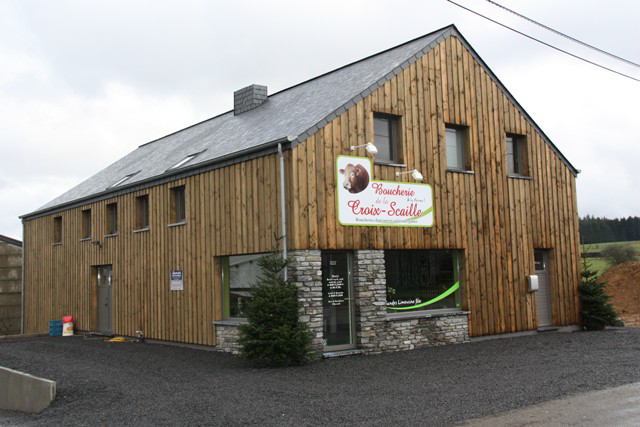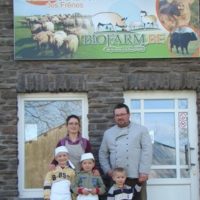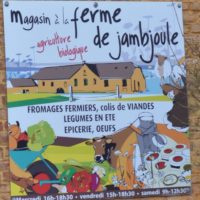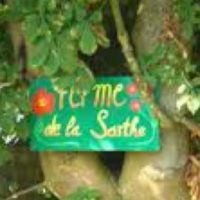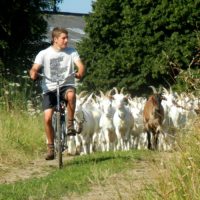Description
The Finson breeding was handed over in 1993. The Belgian blue herd was then gradually replaced by Limousin breed and the herd is 100% Limousin since 2009.
In 2007, the breeding became organic, but high quality meat was poorly paid in the region. The solution was to install a butchery on the farm in 2011. For this purpose the farm raised also sheep and rabbits.
Pork and beef carcasses are also purchased on neighbouring farms. Collaboration is organised in short cycle thanks to the presence of a slaughterhouse nearby (10 km).
No publicity is done, except trough FaceBook (weekly special offers) which brings a lot of local consumers.
The quality of the products is now also well reputed for remote consumers thanks to the tourism development of the area. The butcher shop has won several “Coq de Cristal” (a contest of the Walloon region rewarding quality products).
Objective: control prices to ensure local production meat and quality.
Advantage: presence of an organic slaughterhouse nearby.
Faced with the low prices offered for high quality meat and finding no local butchery, the farmer’s son opened a butcher shop on the farm.
Farm description
Environment
The climate is very humid (between 1,000 to 1,100 mm of rain) and cool. Soils are a little more favorable than in the rest of the locality with favorable drainage,
favourable situation for cow breeding.
Grassland management
Grasslands, mostly permanent, are both grazed and mowed (3-4 times a year), except for a part of the land situated a bit far from the farm (16 km) and that is only mowed. Grass is harvested as far as possible for hay or haylage when the climate is to wet. Wet cereals (h°> 30%) are harvested, flattened and stored with
propionic acid in silo bags for feed complementation.
Structure
- Annual Work Unit: 2
- Agricultural Area : 62 ha UAA
The farm is managed by the owner and the butchery is run by his son. 120 cows and bulls are bred, all registered in the herd book. The farm has been awarded in many competitions and the males are sold for improved breeding. The butchery annually processes 15 to 20 cows or bullocks and 10 calves..
Why it is working
Control of the sales channel is fundamental. For this, the proximity of an organic slaughterhouse and cooperation with other farmers engaged in a quality process are assets. This makes it possible to offer a variety of meat to the customer (beef, veal, mutton, lamb, pork, rabbit, delicatessen…).
The best advertising is essentially one done by the customers, but tourism development is an asset.
